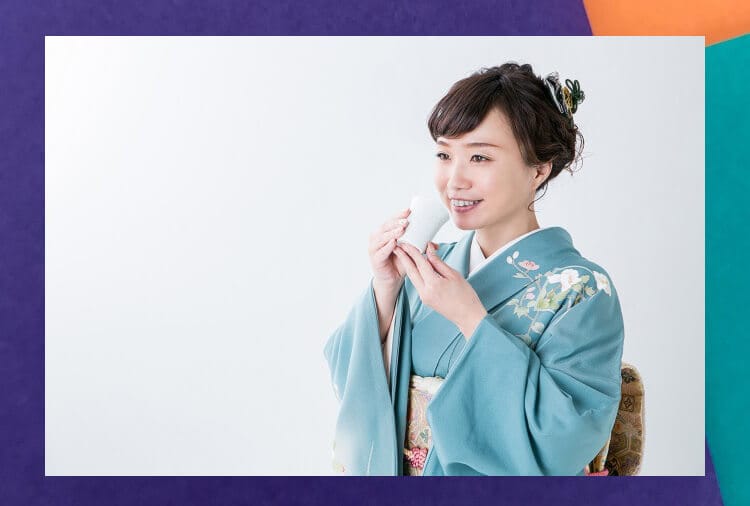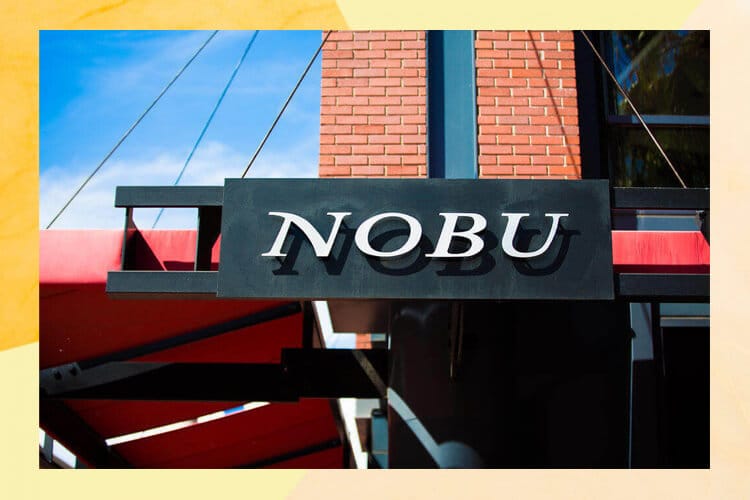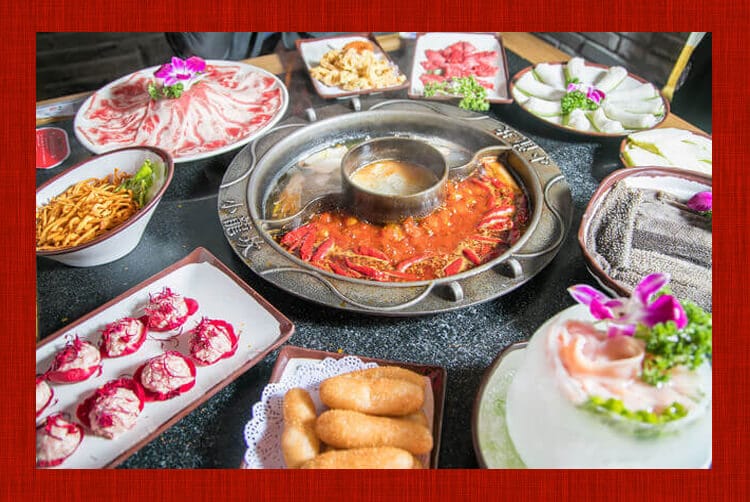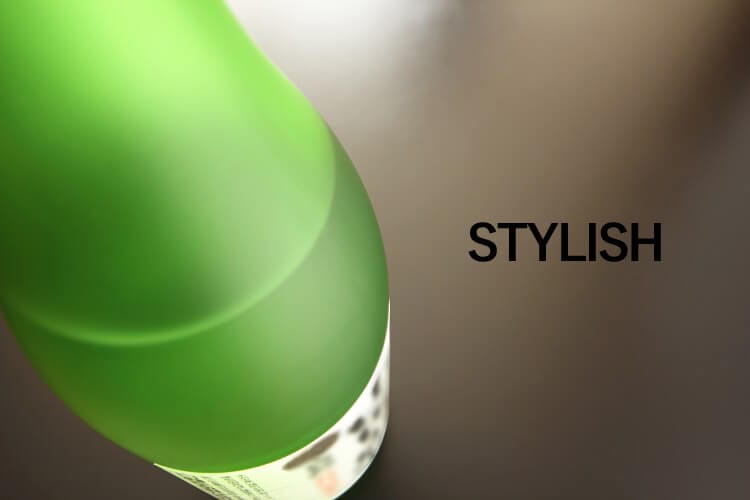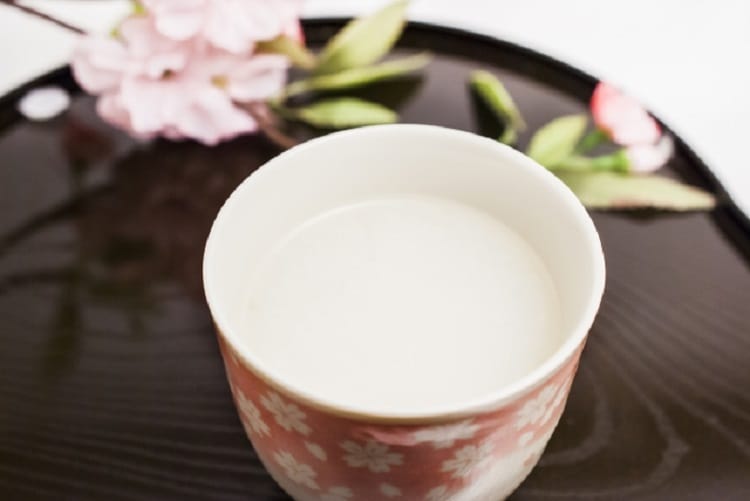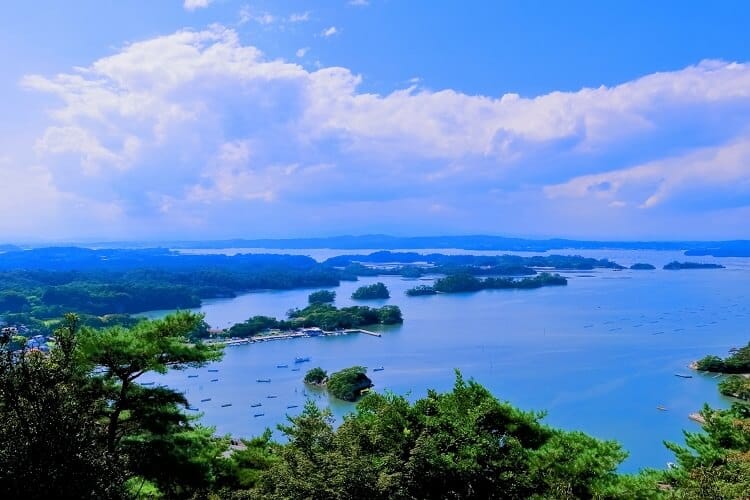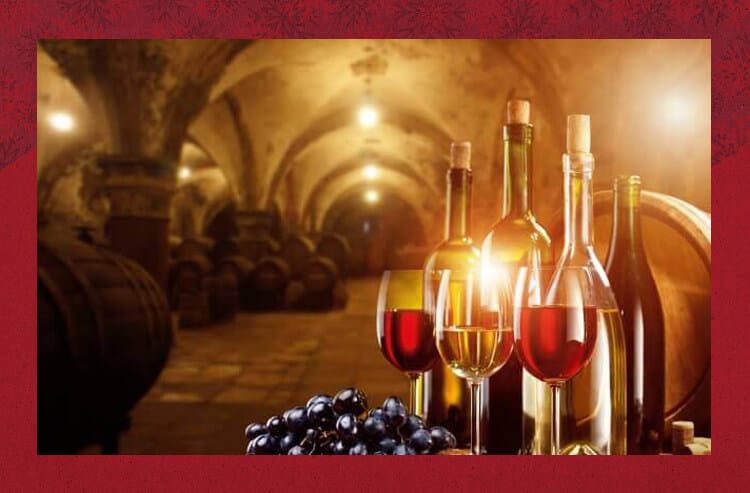
Recently, sake with a taste and aroma like wine has been in the spotlight.
In particular, sake terms are difficult and avoiding with a sense of weakness in sake, presuming that conventional sake does not match Western food, and the design of sake bottles is not fashionable (uncle-like), sensibly, The person who thinks is choosing it.
“Sake like wine” is characterized by its refined bottles and the refreshing aftertaste and sharpness of sake, reminiscent of wine.
This time,
- The difference between how to make sake and wine
- How to make “Sake like wine”
- Recommended "Sake like wine" brand
I will introduce you.
What is the difference between sake and wine?
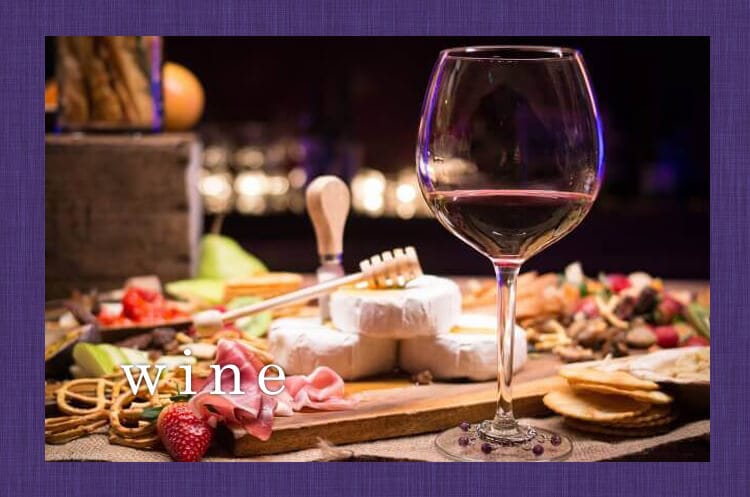
For those who are accustomed to drinking gorgeous and fruity wine, sake is hard (dry) and has a high alcohol content. You may have the impression that the next day you will not be able to drink.
Whether it's correct or not, it's the same sake, but sake and wine are not only different in ingredients, but also how to make, enjoy, and match.
Nevertheless,Why was "Sake like Wine" born?. Before answering that question, I will first explain that sake and wine are the same brew.
Broadly speaking, sake and wine are both brewed sake ...
Liquor can be classified into 3 types according to the manufacturing method.
- Brewing sake ... Sake, wine, beer
- Distilled liquor ... shochu, whiskey, brandy
- Mixed liquor ... plum wine, liqueur, vermouth, etc ...
Sake and wine belong to the same manufacturing category,
- Fermentation method
- Alcohol degree
- Drinking temperature
- Drinking container
- Cooking
Is different.
Sake and wine have different fermentation methods
Japanese sake is a double fermentation, wine is a simple fermentationIt is built with.
Sake made with "parallel double fermentation"
View this post on Instagram
Because sake uses hard rice,Polished riceとWashed riceAfterSteamed riceAnd must be softened. afterwards,Add kojiOnSimultaneous fermentation and fermentation of rice starch into sugarDo.
This brewing method isParallel double fermentation"A mellow, attractive flavor, umami and aromaWill be created.
Click here for details on how to make sake↓
Compared to the complicated method of making sake, wine is rather simple.
Wine made with simple fermentation
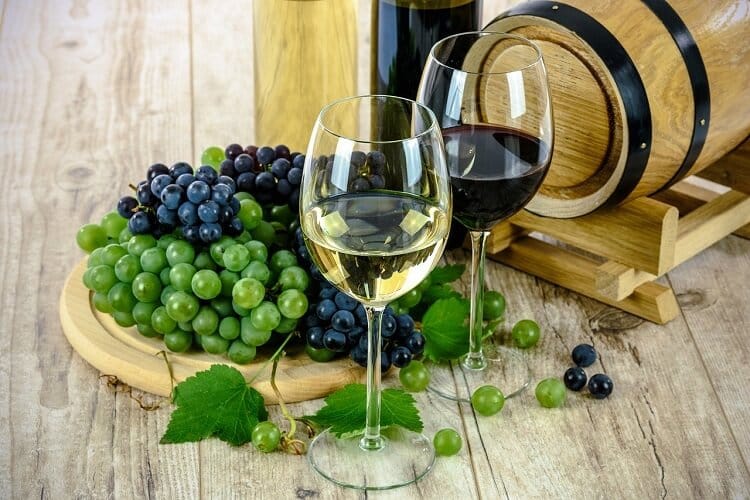
Grapes, the raw material for wine, originally contain the sugar required for fermentation, so there is no complicated procedure.
HoweverJust crush grapes and add yeast(For white wines, you can squeeze and then add yeast.)
Red wine is squeezed (the process of squeezing fruit under pressure) and stored in a barrel. White wine is stored in a barrel with yeast. Afterwards, it is pulled and bottled and aged.
Sake and wine have different alcohol content
View this post on Instagram
The alcohol content of sake is legally up to 22The sake that we drink is15 to 16 degreesIs common. This is because the yeast that plays the role of making alcohol loses its ability to die if its own alcohol content increases.
On the other hand,Wine is from 10 to 14 degrees. A little lower than sake. Generally, red wine has a high alcohol content and white wine does not ferment until the end, so the alcohol content is low. In addition, the alcohol content of wine is affected by grape varieties and harvest time.
Sake and wine have different temperatures when drinking

Temperature range when drinking sake.
A variety of sake from all over the world. I can not stop because there is fun to discover another taste by changing the drinking temperature ♪
The temperature of sake is
Continue to.
View this post on Instagram
There are many people who think that the word that expresses the state of the highest temperature when sake is warmed is “hot rice”, but there is a top on it, “Tobikiri 燗… 55 ℃” “Super Tobikiri 燗… More than 55 ℃” There are times when you can warm up so you can't have a virtue.
Sake enjoys a refreshing taste with aroma at low temperatures, and a deep taste when warmed, so you can enjoy different flavors at each temperature.It is
Click here for “Let's place an order at a store next time!
I can't wait for the supper! "Sakeware set" recommended for stylish sake
But for wine,16 ~ 18 ℃ with full body of red wine, 7 ~ 14 ℃ with white wine dryAnd the width will narrow.
Sometimes it is mulled wine, but this is a drink that mixes spices to warm the body and not the taste of the wine itself.
Japanese sake and wine are in different containers
View this post on Instagram
The popularity of ginjo-style sake with a fruity fragrance has recently influenced the number of shops that serve sake in a wine glass.
That said, there are many different types of traditional sake sake cups, and many people love the delicate design of Japanese sake.
Here's why we recommend wine glasses for sake ↓
[Wine glass for sake] is the best! Japanese scientists proved brilliant with "scent visualization"
In contrast, wine is generally drunk in wine glasses. Some people drink in cups,Wine glasses are the best way to enjoy the scent of wine.
Sake and wine are different dishes

Overseas, there is a perception that sake goes well with sushi and sashimi, wine and wine goes well with fatty meat dishes, and the fat in the mouth is washed away.
Recently, French and Italian restaurants also serve sake, but in general, there are many people who cannot escape from the recognition of “Japanese sake = sushi / sashimi”.
As you can see, there is a difference between sake and wine, from how to make it, how to drink it, and how to cook it.“Sake like wine” is available to enjoy Western food like wine while having the taste of sake!
How is “sake like wine” made and how does it taste?
How to make “Sake like wine” and recommended brands
Japanese sake that overturns the common sense of traditional sake
- Wine yeastFermented with
- Wine barrelAged with
- Active liquorChampagne style using
- Malic acidEmphasizes the high acidity of wine
- French bottle and cork used, both label and HPDesign without a sense of sake
It is made using techniques such as.
In order to aim for an unprecedented “sake like wine,” we will use a method that appeals to customers with a synergistic effect by adding synergies to sake by adding the above-mentioned efforts.
Then, we will introduce each specific method and typical “Sake like wine” brands.
"Sake like wine" fermented using wine yeast
Sake using yeast for wine instead of using yeast for sakeis. Even though it is sweet, you can feel the acid, and it will be suitable as a mid-meal drink or as a dessert after a meal.
Recommended “Sake like Wine” with Wine Yeast “Echigo Tsurugame Junmai Ginjo Wine Yeast Preparation”
https://www.instagram.com/p/BlkgKXTh8qO/
Instead of sake yeast "A new genre of sake with a gentle sweetness brewed with wine yeastis. The sourness is refreshing and the aftertaste is refreshing. Even women who have a little sweet Kami Tachika and are not good at sake are fine.
In fact, only 1% of sake brewers make sake using wine yeast. It's hard to find a suitable yeast for wine from as many wine yeasts as there are stars.
“Tsurukame's Wine Yeast Sake,” which has been completed after overcoming such difficulties, is so popular that it can be sold out in 3 days.
A fragrant white wine-style sake that cannot be thought of as a sake. Please enjoy both Japanese and Western foods ♪
View this post on Instagram
* Wine using sake yeast!
Wine is fermented using yeast for wine. White wines are generally made at 7 ° C.
However, a Chilean brewer thought that if white wine was fermented at a lower temperature, it would become a more aroma-rich wine.
However, no wine yeast is active below 7 ℃. At that time, I learned the fact that sake yeast ferments at a temperature lower than the temperature at which wine is fermented. After somehow getting sake yeast and trial and error, he completed ultra-low temperature fermented sake yeast wine using 7 yeast for sake.
Although it doesn't make a strong self-assertion, it is a deep-flavored wine with a personality that slowly blossoms in your mouth and an aroma like sake. Interestingly, matching with sardines and sardines, where the odor comes first in wine, is perfect! Fermentation of normal white wine is about 10 to 15 days, but fermentation of white wine using sake yeast is 40 to 50 days. The long-term fermentation intensifies the generational change of yeast, creating a complex and delicious wine. It seems to be perfectly compatible with Japanese cuisine.
Click here for “Sake Yeast Wine”
↓
"Sake like wine" aged using wine barrels
Method of aging the sake after the upper tank in a barrel brewing wineIs used.
The barrels for aging are red wine, white wine, and sherry (enriched wine), and the flavor of the wine left in the barrels is mixed with sake by aging and merging the unprecedented Japanese and Western. Sake is completed.
"Sake like wine" recommended for red wine barrel aging "Kizumi Izumi Afruge No.1 pure rice sake red wine barrel ripening"
View this post on Instagram
Afruge is a sake made by barrel ripening pure rice sake made by the “AFS” manufacturing method.
The AFS manufacturing method is the “Abandoned high temperature mountain” manufacturing method, which was established by 3 people of Mr. Adachi, Mr. Furukawa and Mr. Shoji. It was named after the initials of 3 people to commend the achievement.
Afruge No.1 aged pure rice liquor in red wine barrels for 6 months, then added storage aging for 1 year and a half. Light gold that can not be obtained with ordinary sake when poured into a glass is gorgeousShake on.
Afruge is a complex aroma of dry apricots, honey and mint. It has a rich acidity and sweetness, making it ideal for rich meals.
Click here for "Kizumi Izumi Afruge No.1 Junmaishu Red Wine Barrel"
↓
"Sake like wine" recommended in white wine barrel aging "Nabari NABARI Junmai Daiginjo 2019"
View this post on Instagram
It is this year's 200 month that Kiyama Masa Sake Brewery, famous for its “Taiko”, released limited 4 wine barrel aging sake.
720ml in 10,000 yen white wine barrel aged sake has already sold out on 4 month 19 day.
このThe barrels used for wine-ripening sake were used in Fermier, which brews wine in Niigata City, Niigata Prefecture..
Kiya Masa Sake Brewery was particular about “domestic barrels”. While some wine barrels have not been clarified where they were used, I want to make new sake through collaboration between Japanese manufacturers, focusing on the wine barrels used in Japan. That is the opportunity for commercialization.
Click here for `` Nabari NABARI Junmai Daiginjo 2019 ''
↓
* Niigata wine
FermierIs a family-run plantation winery that uses the terroir of the “Wine Coast” where the sea breeze crosses in Niigata, the place where rice is grown. The wine created by an up-and-coming brewer who wants to marry with the seafood of the Sea of Japan uses the finest white grape variety "Albarino" in Spain. The Galicia region of Spain facing the Atlantic Ocean is known for its fresh seafood, and Albarino, also known as “sea wine”, is a wine that goes well with seafood.
Niigata has another winery that is passionate about making 1 food-friendly wines. Its name is "ZIO SETTO. "
Grapes use Italian varieties and cabernets with rich individuality,Established as a good meal partner with a focus on fruit and acidity.
White wine carefully selected by sommeliers from such unique wines is perfect for celebrations on special occasions!
* Some red wines are imported from Tuscany wineries.
Please use it for happiness such as thankfulness and longevity to those who have taken care of you.
Click here for "Italian Wine"
↓
"Sake like sparkling wine" using activated sake
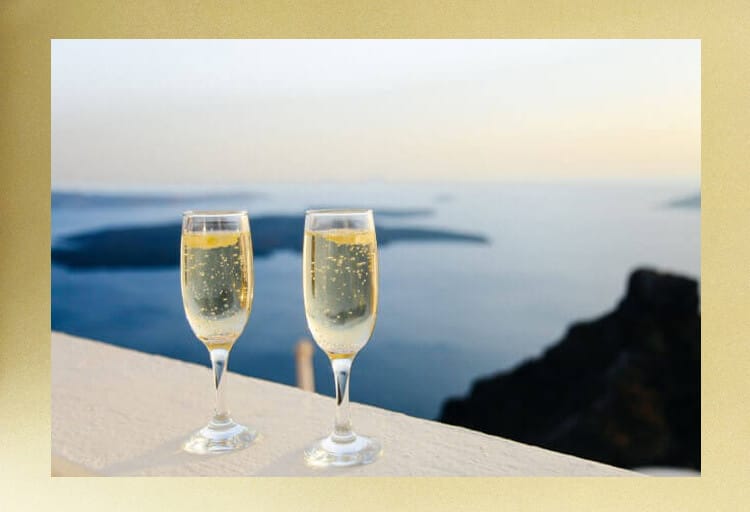
Sparkling sake that sparkles like a champagne is a sparkling sake that bottles live yeast as it is and contains sake.
There are the following 3 types of sparkling sake.
- Active dust type
- Secondary fermentation type in bottle
- Carbon dioxide injection type
Both taste like sparkling wine and are popular with young people.
Click here for information on sparkling sake ↓
Recommended for sparkling sake `` Nagai Shuzo MIZUBASHO PURE ''
Follow the champagne making in Champagne, France until the techniques of primary fermentation and secondary fermentation and how to remove the orientation.. 5 years have been spent from conception to sales.
The bottles and corks used are also made in France.
After being simultaneously released in Japan, the US and Hong Kong in 2008, it has established itself as an international sparkling sake.
Click here for MIZUBASHO PURE
↓
This is also recommended! “Hanabi Sparkling SAKE”
Malic acid“Sake like wine”
People who like ordinary sake don't buy it first.
Japanese sake with a lot of organic acids (malic acid, succinic acid, lactic acid) has a refreshing taste and is an impression that will clean your mouth, but it will be shunned by those who seek a delicate and refined taste. .
However, sake with a fruity taste like wine and a refreshing sour taste is so popular that it has won prizes at competitions overseas. Especially in France, the importance of the sourness of sake to match the food is important, so it is expected that the reputation of overseas will increase in the future.
"Sake like wine" with strong acidity "Kawatake brewing Kasugi wine type KH Kai Junmai Sake"
View this post on Instagram
This sake is so strong that it is so wine-like that it is so confident that it is named “Wine Type”.
A lot of malic acid makes you feel like you are drinking wineSo, if you are a traditional Japanese sake lover, you can feel fresh !?
This wine is not only suitable for Western food, but also deliciously matches dishes using oils such as Japanese tempura, okonomiyaki of popular people and sauces such as tonkatsu!
In addition, although it is a shellfish that may produce a raw odor when used as a snack for sake, “Wine Type KH Kai”Perfect compatibility with shellfish such as raw oysters.
Click here for "Kawatake Brewery Kasugi Wine Type KH Kai Junmai Sake"
↓
If you like oysters, check out "Pure Rice Sake for Oysters"! ↓
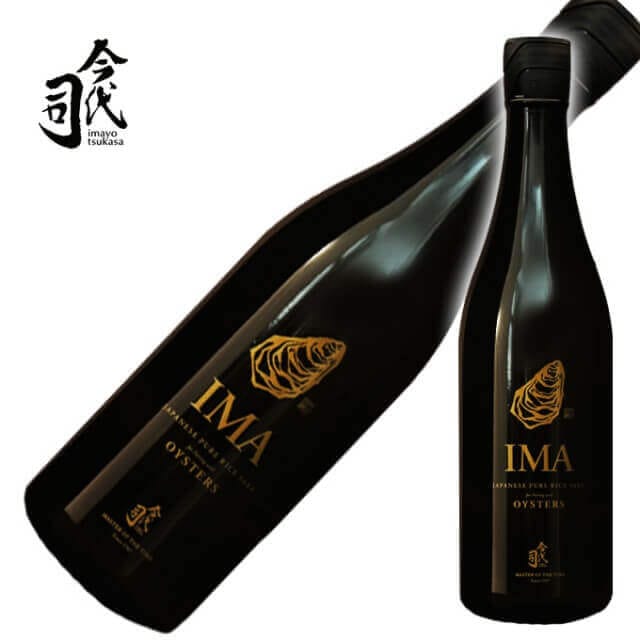
No sense of Japanese sake! Wine-style sake with a stylish bottle and HP design
French wine style from HP to stopperThe taste of sake disappears and appeals that it is wine-style sake.
Rather than just looking like a wine,Vintage sake, which is aged in wine bottles, has a high acidity similar to wine and a rich rice flavor.You can also enjoy.
Is this wine or sake? “Sake like wine” aged with genuine wine bottles “Shimizuya Shuzo Sakai Manju”
View this post on Instagram
Sake's sake isAll burgundy wine bottles, long cork stoppers, and wine-designed labelsIt is done.
Please visit HP first. There are no 1 sakes that are often described as “uncle-like” here.
In the comment column for each sake, the description of “production date” is usually “vintage” and “Ginjoka” is “aroma”!
Shimizuya Sake Brewery was originally related to Niigata Prefecture, but now we are moving to Gunma's Tatebayashi and aiming to create a minimalist Japanese sake brewing in small quantities. So it seems that you will hardly see it, but since it is a very strong sake brewery, we recommend that you try it once.
The use of wine bottles instead of sake bottles promotes vintageization, and cork stoppers of more than 3.7cm can be used to evacuate the air and cause no coloring or sensation. The
榮 Manju where aging has progressed is full of rich aromas without the smell of alcohol when poured into a glass ♪
In addition, only five million stones contracted in the same region are used as a single variety so that most French wines are particular about terroir. Speaking of which, burgundy wine is also brewed only from a single variety.
Click here for terroir ↓
Click here for information on “Manjutsu that seems to be mistaken for wine”
↓
Summary of “Sake like wine”
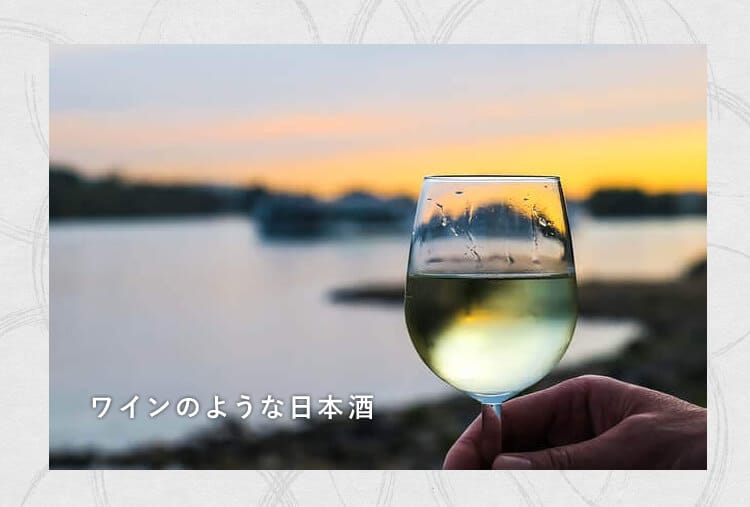
Sake, which is taking off from the image of sake that you drink in a cup, is growing to the extent that it is inferior to wine!
People who have a preconceived predisposition to sake and young people who have finally become able to drink sake will be able to wipe out the image that they have had with wine-like sake.
Take a step from “Sake like Wine” to Sake, and someday join the sake fans ♪

